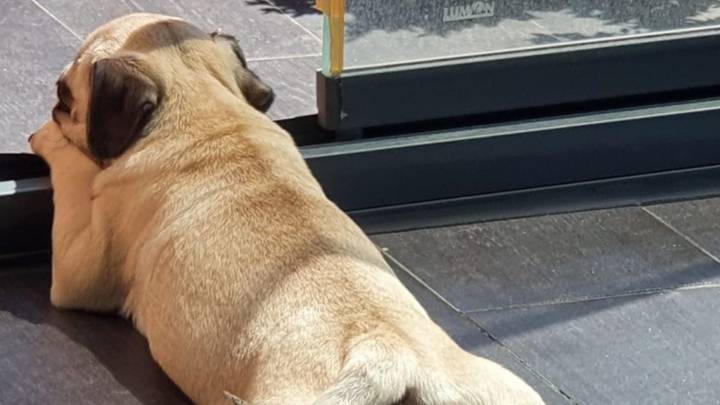

With others, all equally ill trained and 'dirty' Mops was soon distracting the Dauphine from life's serious purposes-at least in Mercy's opinion. This might seem hard, except that once the ritual ceremony of de-Austrification was over, Count Mercy d'Argenteau, the Austrian ambassador, found himself negotiating for the arrival of the pug from Vienna. Even her beloved pug Mops was not allowed to accompany her into France. Her farewells were punctuated with tears, protestations of affection and messages to her family and friends at home. Immediately after the handover, Marie Antoinette would say goodbye to her Austrian attendants, none of whom, except Prince Starhemberg, were to travel on to Versailles.


Fraser’s biography is the earliest biography which specifically refers to Marie Antoinette having a dog named Mops who was taken away from her during the remise handover ceremony and later returned thanks to the work of the comte de Mercy-Argenteau. The most well-known source for the Mops legend is Antonia Frasier’s 2001 biography, Marie Antoinette: The Journey. So where did the story come from? What is the truth behind Mops? To find out, we need to dig deeper into the biography which cemented the tale of Mops and Marie Antoinette in popular culture. Mops, as he has been portrayed in Sofia Coppola’s candy-coated film and described in Fraser’s biography, simply didn’t exist. Yet, like the early diplomatic crisis caused by a teenage Marie Antoinette’s refusal to wear the stiff formal corsets required at Versailles, there’s something compelling about the micro-drama story of a beloved pug being tossed aside (and later, regained) for stuffy political reasons.īut-it is just that: a story. The story of Marie Antoinette’s official handover ceremony extending to her little Austrian dog can hardly be considered historically important or even dramatic, particularly in context of the events in Marie Antoinette’s later years. There’s only one problem: Mops didn’t exist. The story was immortalized in Sofia Coppola’s ‘Marie Antoinette’ Mops was even used as inspiration for Lynn Cullen's delightful illustrated children’s book, published in 2006 as ‘Moi and Marie Antoinette.' Mops’ tale is often mentioned in newer historical fiction revolving around Marie Antoinette, and it’s not uncommon to find mention of his brief separation from Marie Antoinette in various non-fiction books about dogs, history-or both. However, all was not lost: thanks to some political maneuvering on the part of the comte de Mercy-Argenteau, Austrian ambassador to France, Mops was later fetched back from Austria and reunited with Marie Antoinette, now living in the lap of luxury as the dauphine of France. Nothing of Austrian heritage, it was said, could remain as the Austrian Maria Antonia was transformed into the French Marie Antoinette not her dress, not her undergarments, not even a little lap dog who whined as he was separated from his beloved, equally whimpering owner.

Anyone who has read a book about Marie Antoinette, fictional or otherwise, since the turn of the 21st century will likely recognize the name or at least, they might recall the image of a round, adorable pug being ripped out of a teenage Marie Antoinette’s arms as she was ceremoniously handed over to the French.


 0 kommentar(er)
0 kommentar(er)
